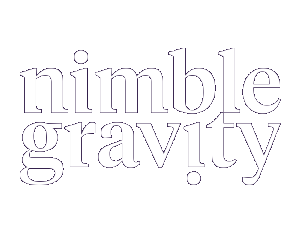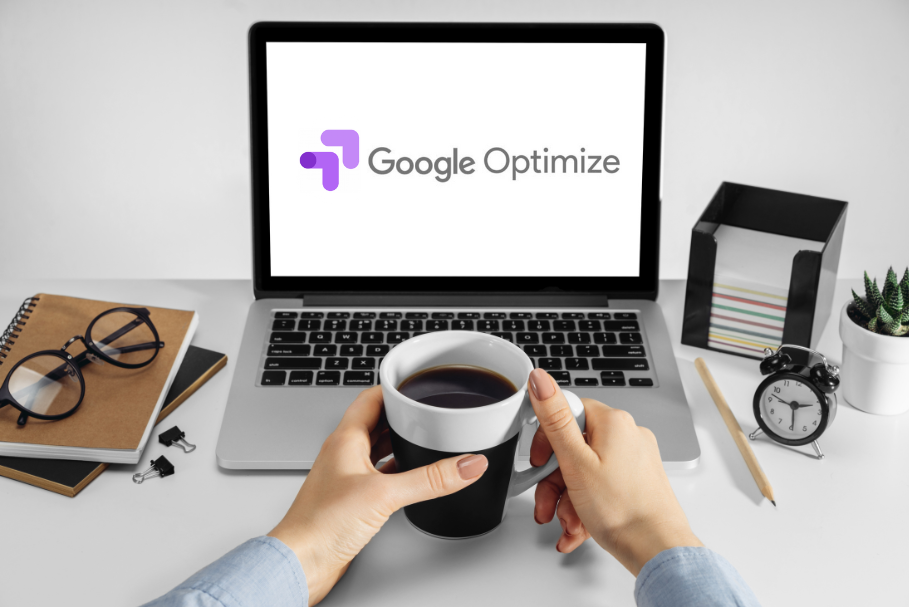Some kinds of automation and efficiency improvement projects result in the benefit that they might save something like 10 minutes per person per workday.
In big organizations in particular, those 10 minutes might be multiplied by thousands of people and sound like a really huge amount of re-deployable time that could do something new or better. Big numbers sound great in project justifications – “revolutionary efficiency improvement” or “millions of dollars in incremental revenue.”
On paper (or, as likely, in Excel), we see one number multiplied by another and see promise of vast aggregate time savings that could theoretically be redirected towards more valuable tasks.
However, in reality, these small increments of time often don't translate into the organizational benefits that the formula in Excel suggests. A few newly freed up minutes might result in more time around the water cooler if those conversations are still a thing somewhere, or catching up on email.
Those are obviously good things, just probably not what the ROI document said. Simply put, it’s hard to do something different with a handful of minutes a day.
Time Redeployment
Time savings of a few minutes here and there should be celebrated. Just know if you’re celebrating some breathing room or some ability to do new things. The common assumption that any savings will automatically translate into increased productivity and efficiency is where some caution should be exercised.
The challenge for the ROI Excel formula isn't just freeing up time; it's effectively redeploying that time in a manner that aligns with strategic goals. Without a clear plan or without minimally-redeployable increments of time, "saved" minutes are likely to be absorbed by extended coffee breaks or other moments contributing to employee wellbeing. The employees will likely be happier, the inbox emptier, etc. Good things that weren’t likely in the spreadsheet.
ROI Measurement (if that’s what you’re after)
If the goal of investing in the project was some kind of measurable return, then ensure that the ROI measurement isn’t based on the time saved but instead by the value generated from the saved time. Achieving true ROI requires a deep alignment with business objectives. It's about ensuring that every saved minute contributes to overarching goals such as increasing revenues, improving customer satisfaction, or accelerating innovation. And measure those.
For example, if a technology firm saves 10 minutes per engineer per day, the traditional type of ROI is realized only if those minutes are strategically redeployed towards more code reviews or development time, directly enhancing product quality and reducing time to market.
The Critical Role of KPIs
Key Performance Indicators (KPIs) are essential for measuring the tangible business benefits of any initiative. Effective KPIs go beyond surface-level metrics like "time saved" and delve into outcomes that directly affect business success:
Employee Productivity: Measures whether time saved translates into more outputs or higher quality outputs.
Customer Response Times: In customer service settings, quicker response times might result from better time management, directly boosting customer satisfaction and retention.
Innovation Rate: In R&D departments, redeployed time might lead to an increased rate of product innovations or improvements.
Of course, if efficiency wasn’t the goal and saving time is a justifiable investment simply for employee wellbeing, then you’re likely looking for KPIs measuring employee happiness and satisfaction.
Organizations need to continuously monitor these KPIs, adjusting them as goals evolve and ensuring that they always align with the strategic vision. This ongoing adjustment helps maintain focus on activities that provide that traditional concept of ROI (and likely further future investments in other projects).
Freed Up Time on Purpose
All this said, doing a project that purposely frees employees up to have free time is great. It’s a super great thing and we as a species forget to think about things like that.
Just go into those knowing that your project purpose/justification/KPI is employee wellbeing, It’s not the accidental byproduct en lieu of some traditional sense of ROI, it’s rather the thing you set out to achieve in the first place.
And know that doing several of these types of projects with non-redeployable units of time may be an approach to eventually getting there as well, and in the meantime will probably ease some stress.
Conclusion
It’s easy to multiply some time savings numbers and consider them as something altogether different from what they actually are. Being conscious about whether a project is about old fashioned ROI or about organizational health is important, and by aligning time savings with true ROI and measuring their impact through precise KPIs, organizations can turn small efficiencies into significant competitive advantages. Or deliver projects that specifically give back time.
{{cta('174434845312')}}
















